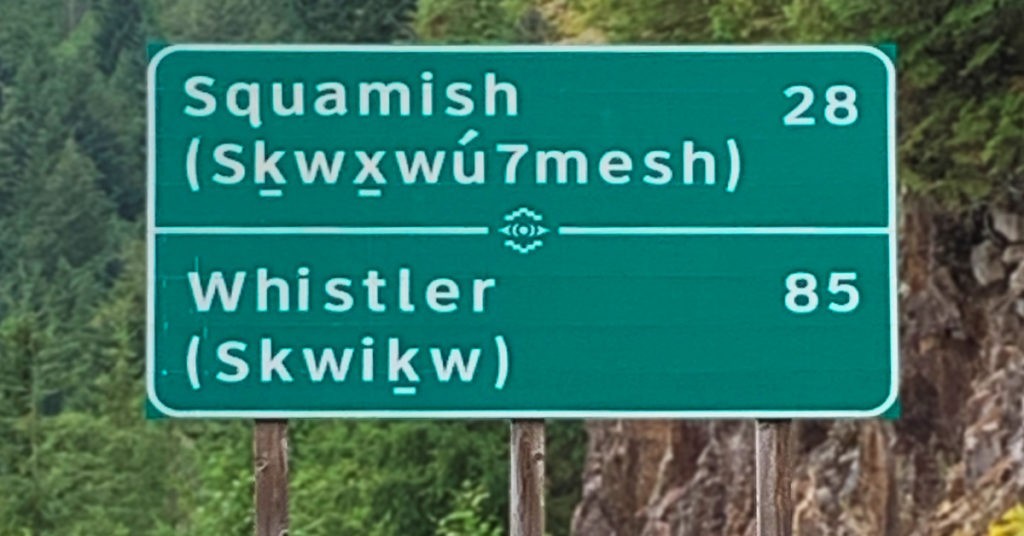From Pocahontas to Peter Pan, cartoons have misrepresented Indigenous Peoples by making them look “different” and part of the “Other” by following the stereotypes given to Indigenous Peoples. In 2019, PBS introduced their new show called Molly of Denali which follows Molly, an Alaskan Native living in the fictional village of Qyah. The show gives a more modern and accurate representation of Indigenous Peoples in Alaska and has helped Indigenous children feel “seen” as there is someone on television and YouTube that looks like them and that they can relate to. The show addresses stereotypes and culture educates children on those issues through engaging content.
The episode below called “Culture Clash” is a prime example of how the show accomplishes this. This show would be a great resource to show clips of to younger students as the content and language is appropriate and the right fit for their age.
Other articles about the show:
https://www.npr.org/2019/07/21/743944680/with-alaskan-native-lead-molly-of-denali-breaks-new-ground
https://www.latimes.com/entertainment-arts/tv/story/2019-10-14/native-representation-molly-of-denali-pbs
https://www.wpr.org/people-are-connecting-new-pbs-kids-show-molly-denali
